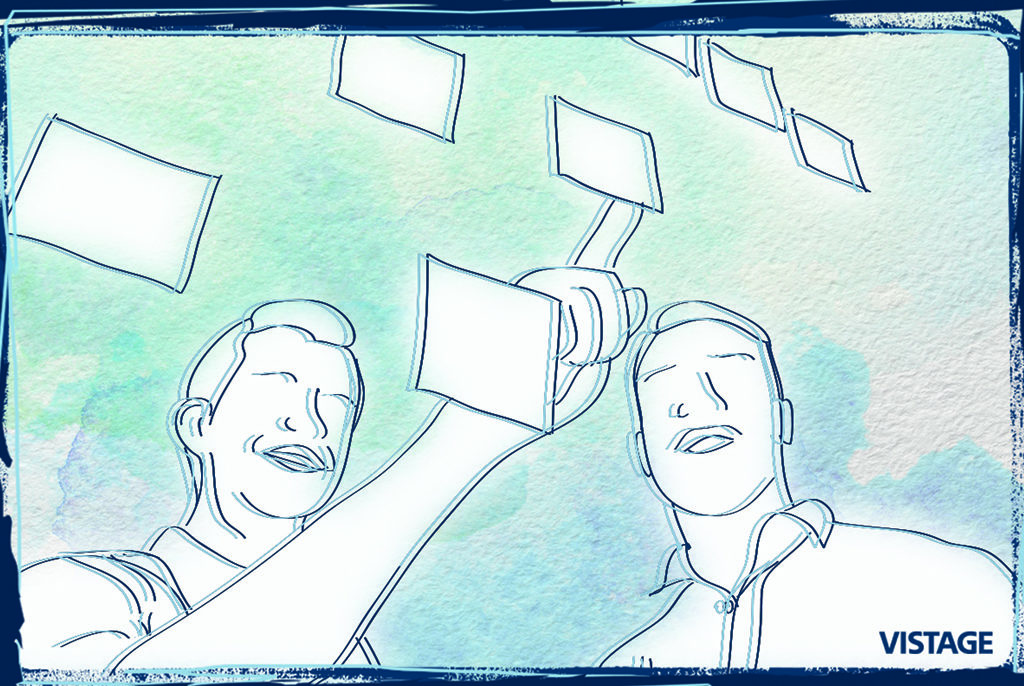Increase Your Creative Confidence and Unleash Innovations

What’s the heart of innovation? Creative Confidence – the belief in your creative capacity.
That’s the key message of David Kelly (founder of IDEO, a leading innovation and design firm, and creator of the d.school at Stanford University) and his brother and partner, Tom Kelley, in their recent book Creative Confidence: Unleashing the Creative Potential Within Us All
Building on the pioneer work of Stanford University psychologist Albert Bandura, who showed that our belief system – self-efficacy – affect our actions, goals and perceptions, the Kelleys remind us that we need to claim our creative confidence and unleash innovations. Since every innovative design program requires the balancing of three factors: Technical feasibility, People desirability and Business viability, it’s up to us to be courageous and take the initiative. They remind us that failure is part of the game – don’t expect to succeed each time. That means CEOs and executives need to inspire everyone’s creativity, reduce the perceived risks for innovative efforts that don’t produce immediate results and clearly communicate their commitment to innovation initiatives. For each employee, it means giving yourself permission to fail – by planning on using the initial experiences to guide future attempts.
They offer the following eight strategies to help people get started:
- Choose creativity – decide you want it
- Think like a traveler – turn fresh eyes on your surroundings to experience new ideas
- Engage relaxed attention – give yourself “white space” to allow flashes of insight to appear
- Empathize with the end-user – understand the needs and context of our target audience
- Do observations in the field – like an anthropologist and observe closely
- Ask questions, start with why – use 5 why’s to get to the heart of the matter
- Reframe challenges – start with a different point of view can get to the essence of a problem
- Build a creative support network – find others to collaborate with and bounce ideas off.
While all these strategies are important, reframing is one of the most critical: because it requires the creative confidence to move away from your normal belief system. You need to:
- Step back from the obvious solutions. Instead of looking for a better mousetrap, look for other ways to mouseproof a house. When tenants complained about waiting a long time for elevators, management viewed the problem as “how to speed up the elevators” – requiring an expensive solution. By focusing on the “perception” that it was a long wait, mirrors were placed in the lobby and people complimented management on speeding up the elevators!
- Narrow the goal. Instead of trying to solve world hunger, set smaller achievable goals, like helping a soup kitchen in your community.
- Alter your focus or point of view. President Kennedy’s charge to Americans to “Ask not what your country can do for you – ask what you can do for your country”, focused people on their obligations rather than their demands.
- Uncover the real issues. Remember, people don’t want to buy quarter-inch drills – they want quarter-inch holes!
- Look for ways to bypass resistance. Getting people to stop drinking impure water may produce resistance – “but my mother gave me this – are you saying she’s wrong?” Instead ask which water they want to give their children; you’ll get a different answer!
- View the goal not as generation a final result – but as an experiment designed to get closer to the final desired result.
Category: Innovation

